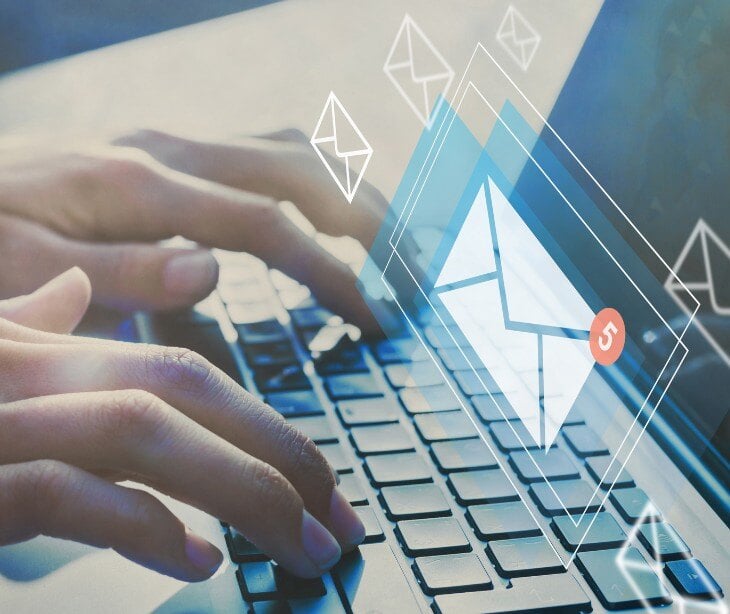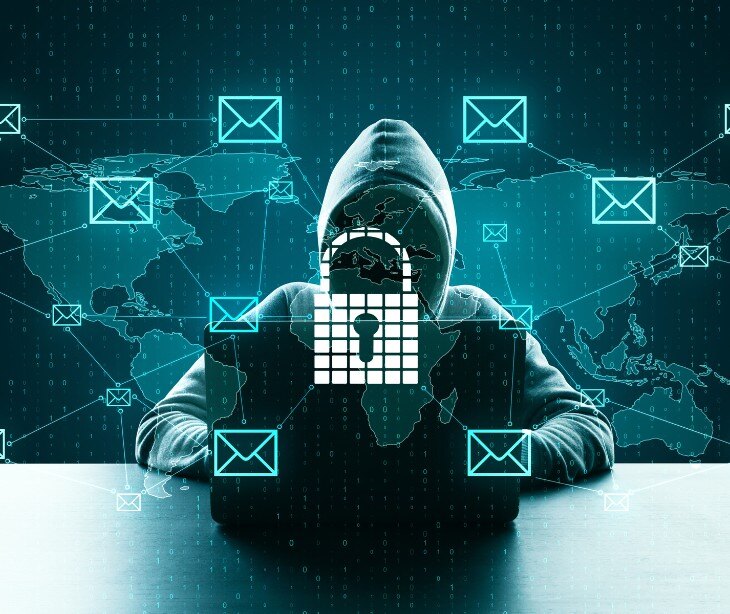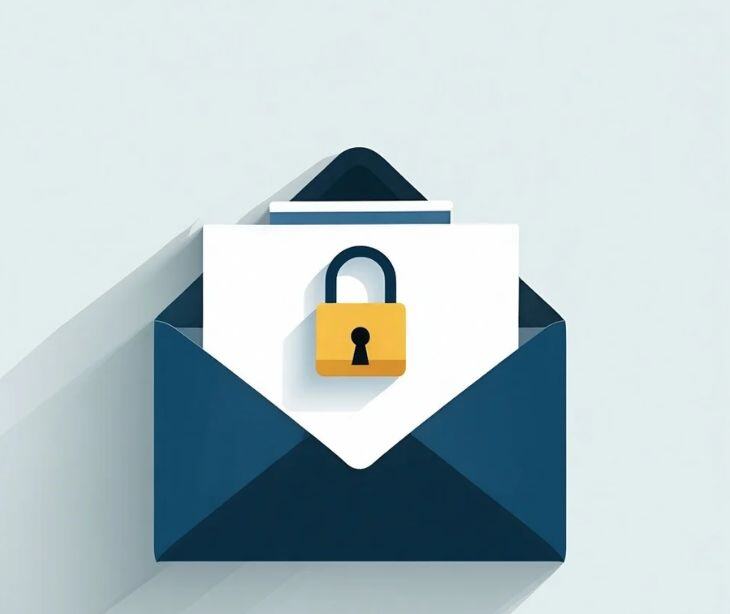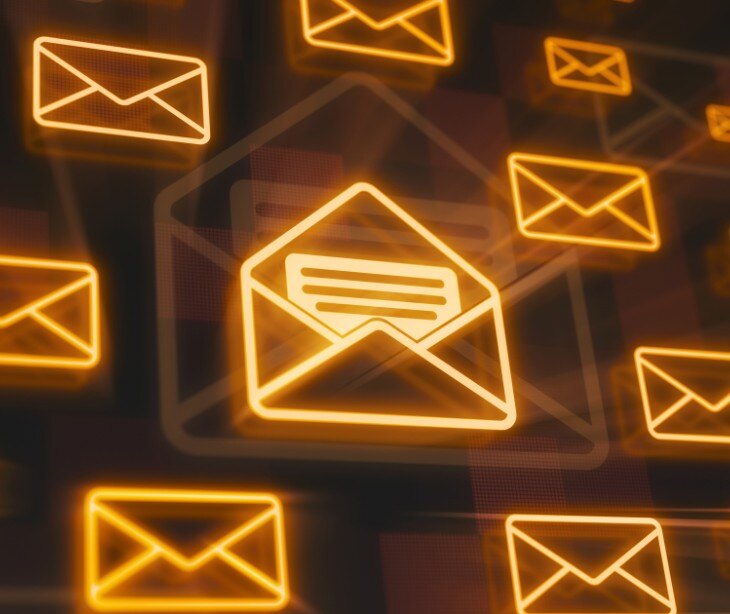
Email thread hijacking has evolved from simple reply-chain spam to a sophisticated attack vector that poses significant risks to healthcare organizations. The healthcare sector's increasing reliance on email communications for patient care coordination and business operations requires understanding and defending against these modern threats.
What is modern email thread hijacking?
According to a study, “Thread hijacking is a type of malware attack that focuses on existing threads within a process, deliberately avoiding the creation of new, conspicuous processes or threads.” Modern email thread hijacking occurs when cybercriminals infiltrate ongoing email conversations, often leveraging compromised accounts or advanced social engineering techniques. Unlike traditional email scams, these attacks are particularly dangerous because they exploit existing trust relationships and legitimate conversation contexts. The attackers patiently monitor communications, learning communication patterns and waiting for the perfect moment to strike.
Why healthcare is a prime target
The healthcare industry presents an attractive target for thread hijacking attacks due to its unique characteristics. Healthcare organizations manage a high volume of sensitive communications between multiple stakeholders, including providers, insurers, and vendors. The time-sensitive nature of healthcare operations, combined with the value of protected health information (PHI), makes these organizations particularly vulnerable to such attacks.
This vulnerability is reflected in recent statistics, as healthcare moved up to become the sixth most attacked sector in 2023, accounting for 6.3% of total attacks. What makes these attacks particularly concerning is that 59% of healthcare incidents involved the abuse of valid accounts, with email thread hijacking specifically accounting for 14% of cases.
Detection and prevention strategies
Defending against thread hijacking requires a multi-layered approach that combines technical controls with human vigilance. At the technical level, organizations should implement DMARC (Domain-based Message Authentication, Reporting, and Conformance) with an enforcement policy set to 'reject.' This protocol works alongside SPF and DKIM to prevent email spoofing and provides visibility into email authentication failures.
Advanced threat detection systems should be configured to analyze email headers, sender behavior, and message content. For example, if a vendor who typically communicates during U.S. business hours suddenly sends an urgent payment request at 3 AM from an IP address in a different country, the system should flag this as suspicious.
Organizations must also implement strict access controls. This includes enforcing multi-factor authentication for all email accounts and regularly reviewing access logs for signs of unauthorized login attempts. Email gateway solutions should be configured to detect and quarantine messages with suspicious attributes, such as slight variations in display names or unusual reply-to addresses.
Best practices for healthcare organizations
Healthcare organizations need specific, documented procedures for handling sensitive communications. For financial transactions of large amounts, implement a dual-control process where two separate employees must verify and approve any changes to payment information. This verification should occur through a previously established phone number listed in your vendor management system, not one provided in the suspicious email.
For patient care instructions or prescription changes, establish a verification protocol that requires healthcare providers to authenticate through your Electronic Health Record (EHR) system. Any email-based changes to treatment plans should be confirmed through a separate channel, such as a direct phone call to the provider's office using numbers from your credentialing database.
Create a documented response plan for suspected email compromises. This should include:
- Immediate notification of your IT security team
- Preservation of the suspicious email headers and content
- Isolation of affected email accounts within one hour of detection
- Mandatory password resets for all users in the affected email chain
- Review of email forwarding rules and delegate permissions
Train staff to recognize specific red flags in email threads, such as:
- Subtle changes in email signatures or formatting
- Urgent requests that bypass standard procedures
- Slight variations in domain names (like using 'rn' instead of 'm')
- Changes in writing style or tone from previous communications
Implement automated alerts for:
- New email forwarding rules
- Multiple failed login attempts
- Logins from unusual locations
- Mass email deletions
- Changes to account recovery information
Regular penetration testing should include email thread hijacking scenarios, and the results should inform updates to security controls and training programs. Document all incidents and conduct quarterly reviews to identify patterns and adjust security measures accordingly.
FAQs
Can thread hijacking occur even with encrypted email?
Yes. While encryption protects the content of emails, thread hijacking often occurs through compromised legitimate accounts, which would still have access to encrypted communications.
How can I tell if my email thread has been hijacked?
Look for unusual signs such as changes in writing style, unexpected urgent requests, slight variations in email addresses, or requests to change payment information. Any deviation from normal communication patterns should be treated with caution.
What should I do immediately if I suspect an email thread has been compromised?
First, stop all communications in that thread. Report the incident to your IT security team, preserve the suspicious emails (don't delete them), and verify any recent instructions or changes through alternative communication channels.




